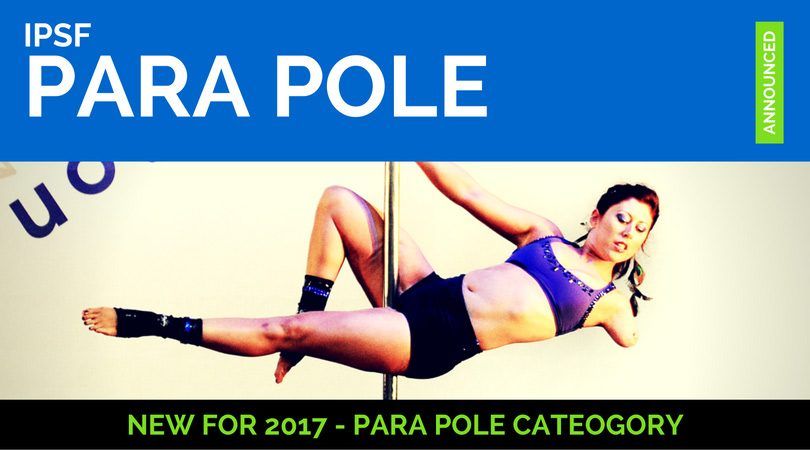The International Pole Sports Federation (IPSF) has announced a new ParaPole category, opening up new opportunities for athletes with physical impairments to compete in pole sports. The new category aims to promote inclusivity and diversity within the pole community, providing a platform for pole dancers of all abilities to showcase their skills and passion.
Four Divisions of ParaPole for Fair Competition
To ensure fair and competitive participation, the IPSF has structured Para Pole into four divisions based on different physical impairments:
- Visual Impairment – For athletes with varying levels of vision loss.
- Upper Limb Amputation/Loss – Focuses on athletes with one or both upper limbs affected.
- Lower Limb Amputation/Loss – Designed for competitors with lower limb impairments.
- Neurological Conditions – Includes athletes with movement or coordination limitations due to neurological conditions.
Each division has specific guidelines to promote fair judging and ensure a safe and structured competitive environment.
Developing Adaptive Equipment and Training Techniques
To support Para Pole athletes, the IPSF is working with coaches, trainers, and para-athletes to develop:
- Adaptive equipment to assist with balance and movement.
- Modified pole techniques tailored to different physical needs.
- Specialized training programs to help para-athletes improve strength, coordination, and technique.
This innovation ensures that every competitor can perform pole moves with safety, confidence, and skill.
The Positive Impact of ParaPole in the Pole Community
Empowering Athletes Through Inclusivity
The launch of Para Pole marks a significant milestone in the evolution of pole sports. It provides an opportunity for athletes of all abilities to participate and perform on an international stage.
Beyond the competition itself, this initiative:
- Encourages athletes with disabilities to explore pole sports.
- Raises awareness about adaptive training in pole dancing.
- Fosters a stronger, more inclusive global community.
Growing Support from the Pole Community
The announcement of the Para Pole category has been met with enthusiasm and praise from pole dancers and fans worldwide. Many have celebrated this move as a step forward in making pole sports more accessible, while others have expressed excitement at seeing new talent and creativity in competitions.
The introduction of this category highlights the growing recognition of pole fitness as a serious sport, further pushing for its inclusion in mainstream athletic events.
Addressing Challenges: Safety and Representation in ParaPole
Ensuring Safe and Fair Competition
As with any new category, the introduction of Para Pole brings logistical and safety concerns:
- How will adaptive equipment be integrated into routines?
- What are the best safety measures for para-athletes in pole sports?
- How can competitions maintain fair yet flexible judging standards?
Ongoing discussions with coaches, athletes, and the IPSF will help refine competition guidelines and safety protocols.
Representation and Inclusion in Decision-Making
Some community members have also called for greater involvement of para-athletes in shaping the competition’s rules. Their experiences and insights are crucial in ensuring that the Para Pole category truly serves its purpose.
Looking Ahead: The Future of ParaPole in Pole Sports
The introduction of ParaPole is a game-changer for pole fitness. By offering new competitive avenues for athletes with disabilities, the IPSF is taking a significant step toward a more inclusive and supportive pole community.
This initiative will:
- Expand competitive opportunities for para-athletes.
- Encourage the development of adaptive training techniques.
- Inspire new generations of pole dancers to participate.
The continued growth of the ParaPole will help break down barriers, proving that pole sports are truly for everyone.







